India added 44.2 GW of solar modules and 7.5 GW of solar cell manufacturing capacity in the first half (1H) of 2025, according to Mercom India’s recently released research report, State of Solar PV Manufacturing in India 1H 2025.
TOPCon dominated H1 2025 module manufacturing capacity additions by contributing 39.9 GW, followed by 3 GW of monocrystalline modules. For the first time, 1.2 GW of HJT module capacity was added in the country. No additions were made to integrated solar wafer/ingot or polysilicon capacity during the first half of the year.
The Mercom report attributed the significant PV manufacturing capacity additions in H1 2025 to 186 GW large-scale solar project pipeline scheduled between 2025 and 2027, 2030 solar installation targets, and strong policy-driven domestic demand for ALMM modules.
As of the release of this report, cumulative capacity of modules under the ALMM List-I reached 109.5 GW, while cumulative cell capacity under ALMM List-II stood at nearly 17.9 GW.
As of June 30, 2025, monocrystalline technology accounted for 54.5% of the total cell capacity, followed by TOPCon with 41.5% and polycrystalline with 4%.
Indian manufacturers currently have 181.6 GW of module and 86.1 GW of cell capacity under construction, expected to be commissioned by 2027. In addition, 97 GW of module and 84.7 GW of cell capacity have been announced and are projected to come online by 2030 or earlier.
“Although companies have announced large manufacturing capacities, actual operational capacities can be 30 to 40% lower,” commented Raj Prabhu CEO at Mercom Capital Group. “New module lines typically take several months to stabilize before reaching full utilization while smaller facilities continue to operate at lower levels, constrained by outdated technologies, lack of scale, and lower-wattage modules that are no longer in demand. This has led to fewer orders and accelerated consolidation, where only larger manufacturers with scale, efficiency, and credibility remain competitive. DCR module shortages will persist until domestic cell capacity increases.”
Gujarat remained the preferred destination for module manufacturing production, accounting for 41.6% of capacity as of June 2025. Rajasthan and Uttar Pradesh followed with module production capacities of 12.8 GW and 11.5 GW. Gujarat also held the largest annual solar cell production capacity at 47.3%.
Export and import
In H1 2025. India imported a total of 44.6 GW of solar modules and cells. Modules accounted for 34% of imports, while cells accounted for 66%.
Domestic manufacturers exported nearly 3 GW of modules and 83 MW of cells in H1 2025, primarily to the United States.
“Exports have also been hit hard. Shipments to the United States, which accounted for more than 95% of Indian module exports, have come to a halt after the recent 50% tariff,” added Prabhu.
This content is protected by copyright and may not be reused. If you want to cooperate with us and would like to reuse some of our content, please contact: editors@pv-magazine.com.
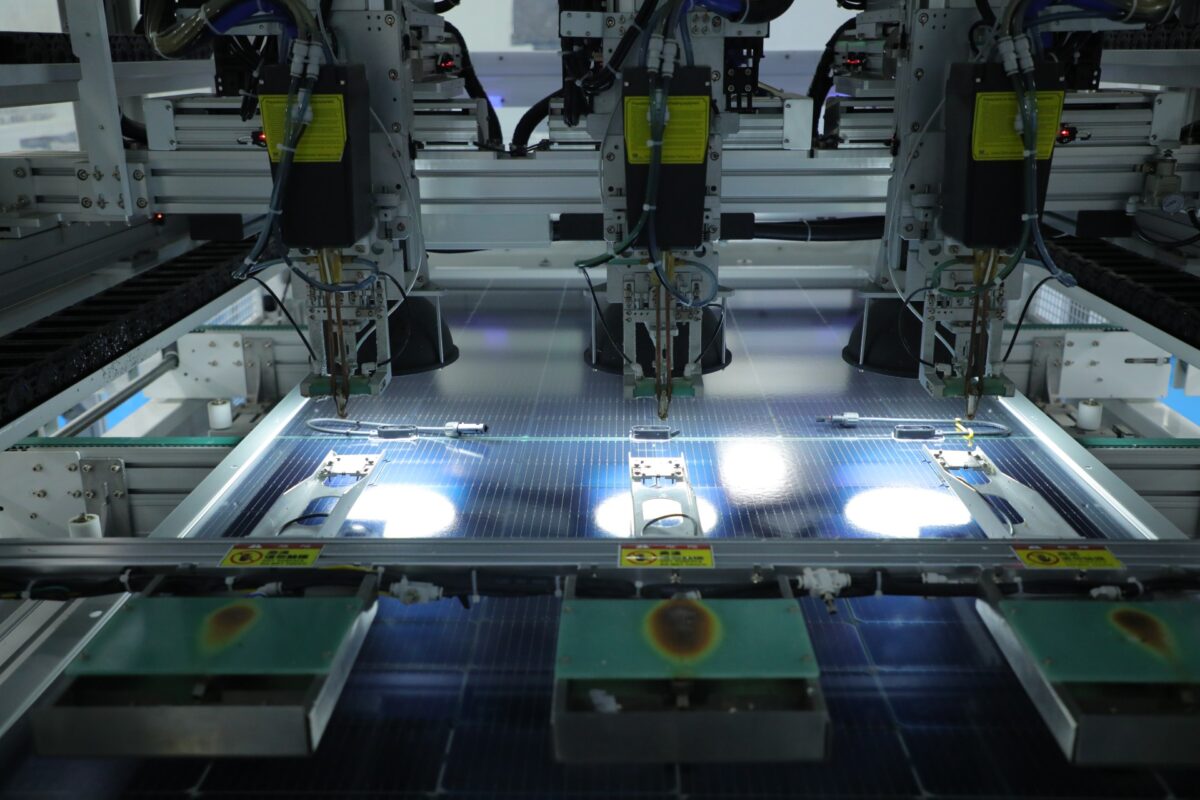
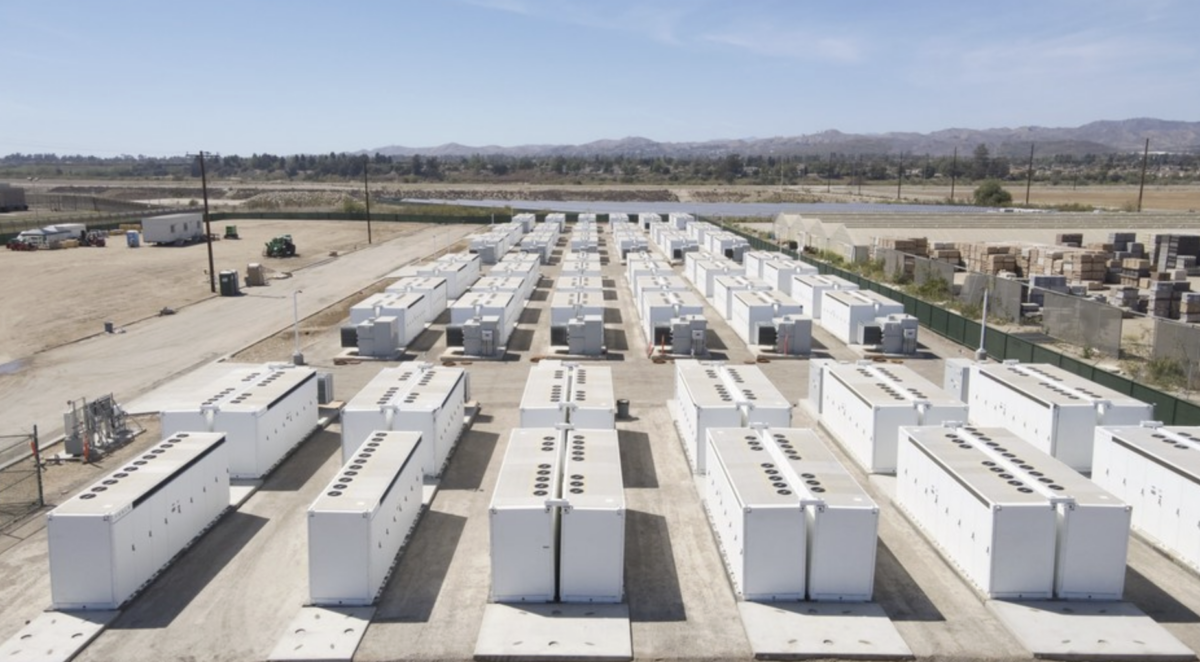


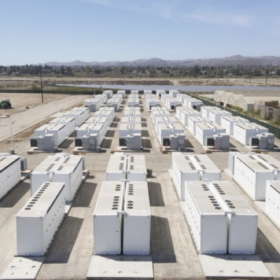


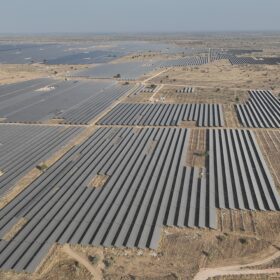
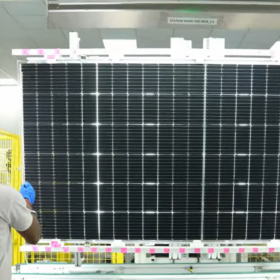
The Indian PV Industry does NOT require the US, or other Export Markets. India is currently lagging far behind in meeting its own needs to Transition from a Dirty-n-Polluted Nation to a ZERO POLLUTION BHARAT… by 2050 of earlier.
This Transition, requires a 15TW, 18,000TWh/yr PV Panel based System…. or 600GW/yr for 25 years.
Today… India is Installing “barely” 100GW/yr of PV Panels…. so why are Manufacturers in India not “stepping upto the wicket”…. and focus on meeting the DOMESTIC MARKET FIRST …. let USA & Others take care of themselves… ????
Dear Ajay
Admirable Insight!
Delighted to read.
Wanted to understand the 600 GW per year calculation. Pl share your coordinates else would be glad if you could connect with me on my whatsapp
9004039297
Thanks
Bharat